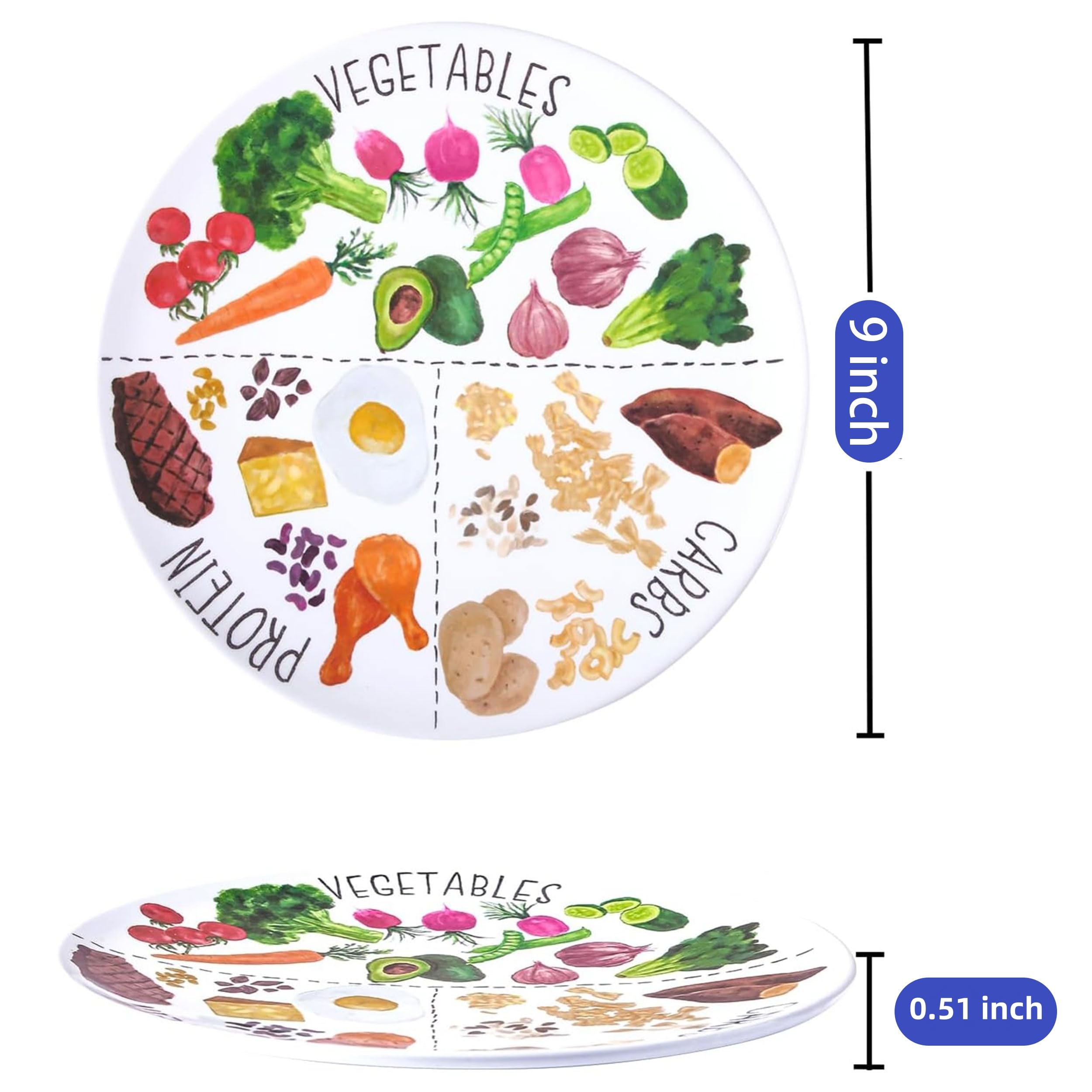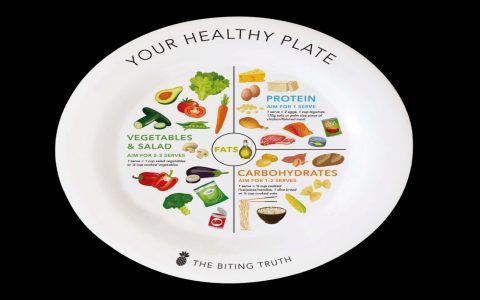Understanding Portion Control Plates
Portion control plates are dining tools designed with visual guides, typically sections or lines, to help individuals manage the amount of different food groups consumed at each meal. They serve as a practical aid for achieving balanced nutrition and controlling calorie intake.
Benefits of Using a Portion Control Plate
Employing a portion control plate offers several advantages for health-conscious individuals:
- Improved Caloric Management: Simplifies the process of consuming appropriate calorie levels without meticulous counting.
- Balanced Nutrition: Encourages the inclusion of various food groups in recommended proportions, promoting a well-rounded diet.
- Weight Management Support: Aids in weight loss or maintenance by preventing overconsumption.
- Enhanced Portion Size Awareness: Educates users on appropriate serving sizes, a skill transferable to other eating situations.
- Better Digestive Health: Discourages overeating, which can alleviate digestive discomfort.
Effective Use of Portion Control Plates
To maximize the benefits of a portion control plate, consider the following strategies:

- Adhere to Visual Guides: Fill the designated sections according to the plate’s design. Typically, the largest section is for non-starchy vegetables, with smaller, equal sections for lean protein and complex carbohydrates.
- Prioritize Nutrient-Dense Foods: Choose whole, unprocessed foods within each category to optimize nutritional intake.
- Maintain Consistency: Use the plate regularly for main meals to establish healthy eating habits.
- Practice Mindful Eating: Combine its use with techniques like eating slowly, savoring food, and paying attention to hunger and satiety cues.
- Consider Overall Dietary Pattern: Remember that a portion control plate is one tool; overall healthy food choices and lifestyle are paramount.
Key Food Groups and Typical Proportions
A common and effective layout for a portion control plate allocates space as follows:
- Non-Starchy Vegetables (Approximately 50%): Includes items like leafy greens, broccoli, cauliflower, bell peppers, and carrots. These are high in fiber and nutrients, and low in calories.
- Lean Protein (Approximately 25%): Sources include chicken breast, fish, tofu, beans, lentils, and lean cuts of meat. Protein is crucial for satiety and muscle maintenance.
- Complex Carbohydrates (Approximately 25%): Focus on whole grains such as quinoa, brown rice, whole wheat pasta, or starchy vegetables like sweet potatoes. These provide sustained energy.
Healthy Fats: While not always a dedicated section, ensure inclusion of healthy fats. These can be part of your protein source (e.g., fatty fish like salmon), added to vegetables (e.g., olive oil dressing, avocado slices), or consumed as a small, measured accompaniment (e.g., nuts or seeds).
It is important to adapt these guidelines to individual dietary needs, activity levels, and specific health goals. Consulting a registered dietitian or nutritionist can provide personalized advice for optimal results.












